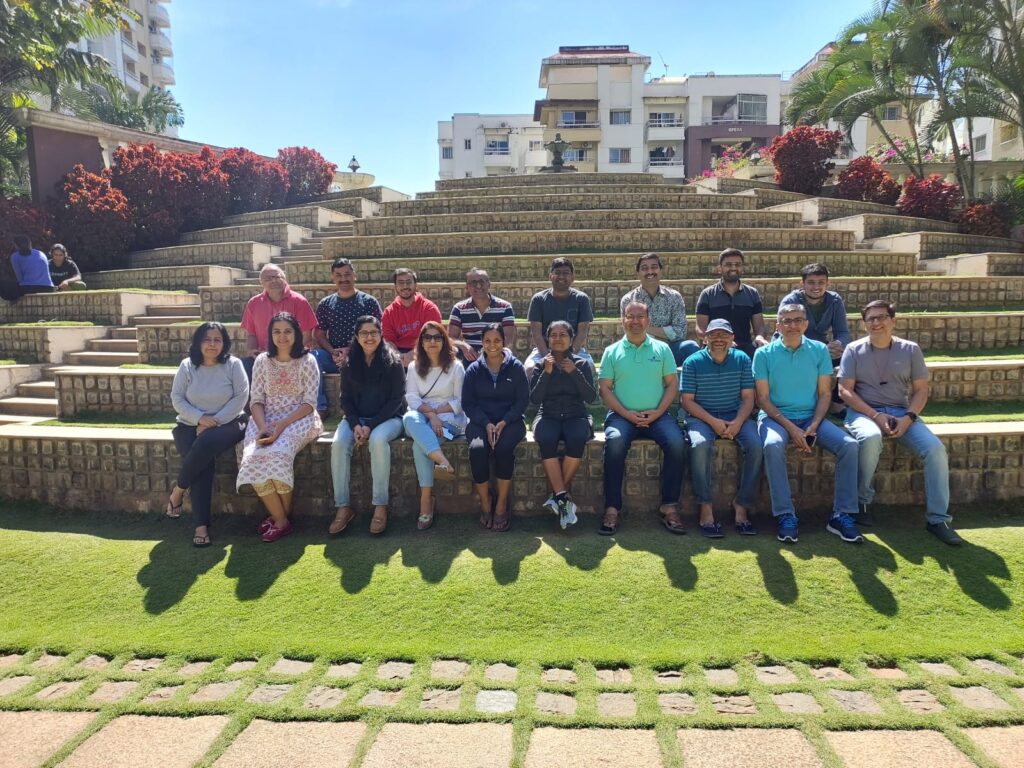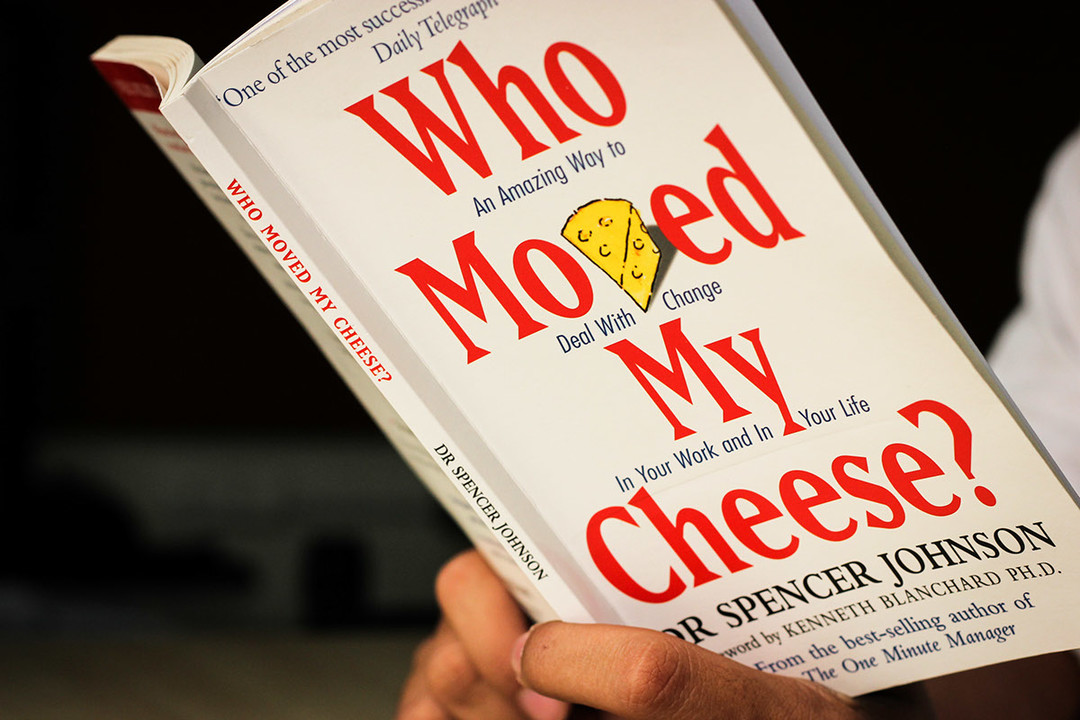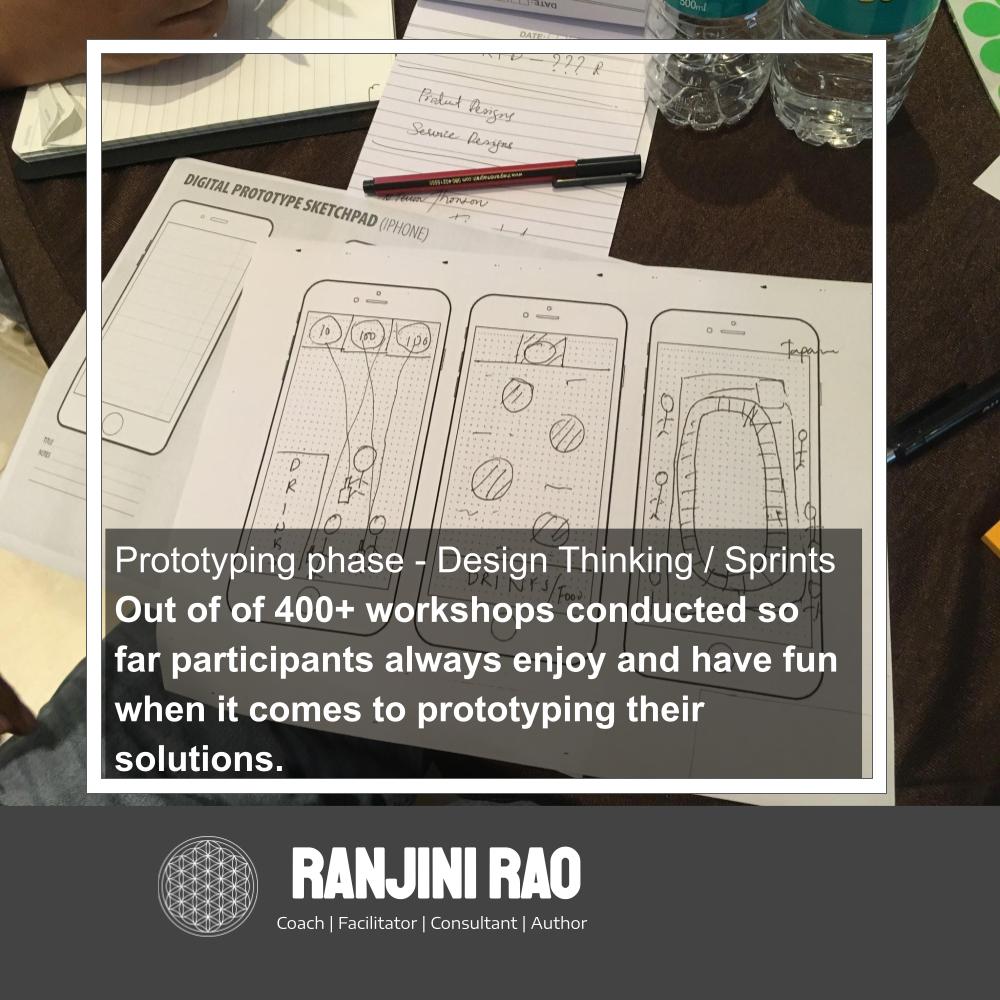Talk Session on Who Moved my cheese? – On Mindset and Change Leadership Management
I am grateful for the time and energy of several PFSians who gathered to make our recent Sankranti/Pongal/Lohri session engaging, participative, and vibrant with their positive thoughts and perspectives.
I thoroughly enjoyed delivering a talk session on “Mindset Change” at our apartment complex, PFS (aka Purva Fountain Square) in Bangalore. Every weekend, the group meets up to discuss a topic of common interest, debate a new area inspired by a book or incident, or impart learnings from the real world.
During the harvest season, it was especially rewarding to connect with this community and share insights on the power of mindset. Our conversation was both enlightening and enjoyable.
Attached is a photo of the event. Thanks again to all who attended!

The topic was inspired from the book- ‘Who Moved my cheese?’ a book written by Spencer Johnson and apparently must have been shared multiple times as key learning material for several entrepreneurs and corporate professionals to discuss the Impact of Changes in our lives.
Find the Youtube Video here :
Here are some suggested revisions to improve the readability, grammar, and SEO keywords of your text:
- Introduction: In the session, we discussed the main concepts from the book and highlighted its key takeaways. We explored how the book relates to change and adaptability in both personal and professional contexts.
- Real-life examples: During the session, participants shared real-life examples of their experiences adapting to change in their roles, companies, or individual capacities. We discussed the lessons learned from these examples.
- Interactive exercises: To help participants experience the emotions and challenges of dealing with change, we used props and interactive exercises during the session.
- Attitude and mindsets: The group also explored their own attitudes and mindsets towards change, reflecting on how they can be more adaptable and embrace change.
- Self-reflection: This session was also used as a self-reflection time for participants to ponder on their next best alternatives and possibilities for their own “cheese stations” (referring to the book’s metaphor of “cheese” as a metaphor for what people want in life).
Conclusion: We emphasized how the session can help participants understand the importance of being adaptable and embracing change in order to thrive in today’s fast-paced, volatile, uncertain, complex, and ambiguous (VUCA) world.
These are the key lessons from the book :

Having Cheese Makes You Happy
The More Important Your Cheese is To You, The More You Want To Hold Onto It.
If You Do Not Change, You Can Become Extinct
What Would You Do If You Weren’t Afraid?
Smell The Cheese Often So You Know When It Is Getting Old.
Movement In A New Direction Helps You Find New Cheese.
When You Move Beyond Your Fear, You Feel Free.
Imagining Myself Enjoying New Cheese, Even Before
I Find It, Leads Me To It.
The Quicker You Let Go Of Old Cheese,
The Sooner you Find New Cheese.
It Is Safer To Search In The Maze Than
Remain In The Cheeseless Situation.
Old Beliefs Do Not Lead You To New Cheese.
When You See That You Can Find And
Enjoy New Cheese, You Change Course.
Noticing Small Changes Early Helps
You Adapt To The Bigger Changes That Are To Come.
Move With The Cheese & Enjoy It !
Question : How do you see change? What has been your experience with managing change ?
#leadershipdevelopement #trainingdevelopment #facilitating #newbeginning #coachingforsuccess #successcoachranjinirao
#mindsetshift #mindsetchange #changebeginswithus #bookreviewclub #intellectualclub #professionals #outlook #positivity







Recent Comments